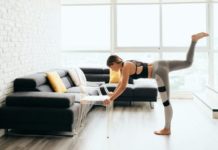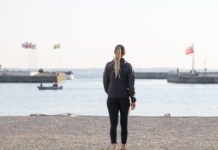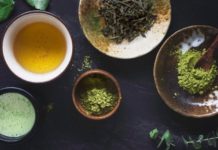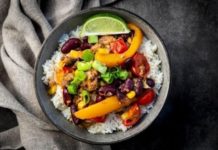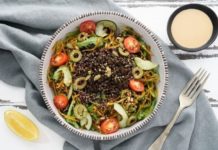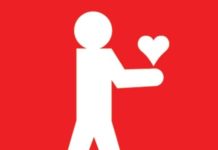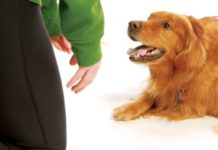
I was sitting and chatting with my friend Tania, when she suddenly interrupted me. \”You shouldnt sit like that you know,\” she said, pointing at my crossed legs. \”Youre going to give yourself varicose veins.\”
I was sitting and chatting with my friend Tania, when she suddenly interrupted me. “You shouldn’t sit like that you know,” she said, pointing at my crossed legs. “You’re going to give yourself varicose veins.”
When I got home, I checked out my right calf in the mirror. To my horror, I found a bluish spidery marking, right where I rest my right leg on my left knee. I found further proof from the Mayo Clinic online: “Don’t sit with your legs crossed. This position can aggravate circulation problems.”
Pressure
True varicose veins are far more prominent and easy to notice than their smaller cousins, spider veins (the type that I’ve developed on my leg). With varicose veins, pressure on the veins causes them to stretch and distort. Because we stand upright so much, the veins in our legs experience the greatest pressure and are most likely to dilate. As we age, the walls of the veins lose their elasticity, and the valves inside can also become weak and leaky—allowing blood to flow backwards.
I remember being shocked when a friend of mine, a lifelong athlete who’d always had killer legs, lifted up her skirt to show me what pregnancy had done to the veins at the back of her thighs. During pregnancy, the volume of blood in your body goes up, but the returning flow of blood from your legs gets blocked by the steadily enlarging uterus. Gaining weight, or being overweight, also increases the pressure on your veins.
Pain
In the early stages injured veins might just be a cosmetic nuisance, such as in the case of spider veins or mild varicose veins. As varicose veins get progressively worse they can cause aching, burning, or itching of your legs, along with leg swelling. At their worst, they cause skin ulcers by the ankles and feet. If this ever happens to you, see your doctor immediately. Veins can also get blocked by a blood clot, resulting in sudden pain and swelling of one leg. This is a true medical emergency that must be immediately treated, as pieces of the clot may break off and lodge in your lungs or arteries.
Physician
Modern medicine has come up with a range of variably invasive treatments for varicose and spider veins, including sclerotherapy (injecting them with a scarring solution), laser surgery, stripping (removing the vein completely), and other types of surgery.
As with any medical condition, you’re far better off preventing this problem in the first place rather than treating it after it’s too late. Thankfully, there are a number of things that you can do to prevent or slow the development of these unsightly veins. Better still, several of these preventive measures also happen to be wonderful for your overall health.
Prevention
Walk regularly, as moving your legs keeps the blood flowing through your veins. If you’re overweight, losing weight reduces the pressure on your veins. Eating a healthy low-salt, high-fibre diet can also prevent water retention and swelling.
Low-heeled shoes are far better than high heels, as low shoes make you use your calf muscles more when you walk. Avoid wearing tight clothes that constrict your waist, legs, and groin area. Compression stockings are a great way to protect your veins, and can significantly relieve your symptoms if your veins are already bothering you.
If your veins have become a concern, horse chestnut seed extract has been proven in multiple studies to significantly relieve symptoms. According to the National Institutes of Health, there is strong scientific evidence that this extract can decrease leg size, leg pain, itchiness, and fatigue and may even be as effective as compression stockings!
As for me, I’m still working hard to remember not to cross my legs whenever I sit down.

